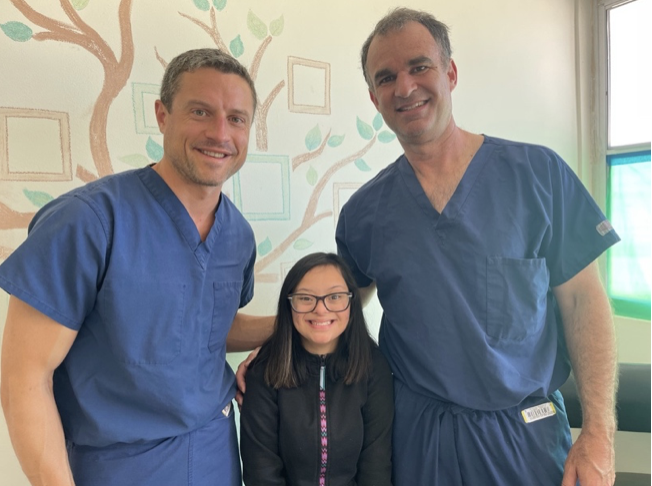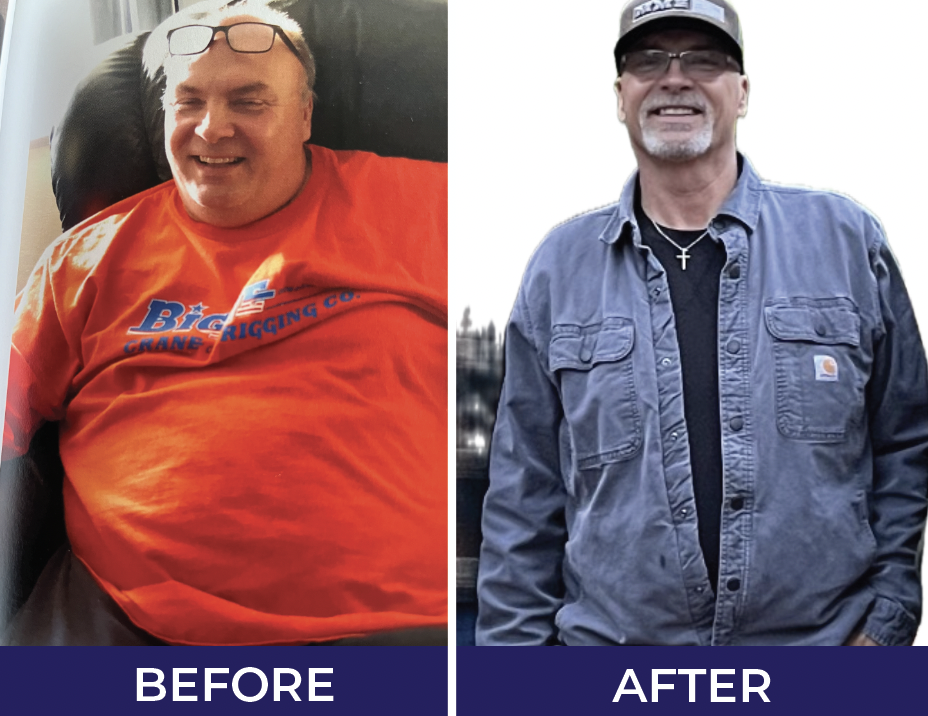Being a new mom or dad can lead to back pain with all that new baby lifting and feeding. Get tips from a back care pro to prevent herniated discs, sciatica and more.
As a new parent, you are warned about the sleepless nights and the frequent diaper changes. But probably no one told you about the possible back pain that can come from carrying and holding an infant for several hours a day.
It is common that during pregnancy a woman will experience back pain due to the extra weight she is carrying. This usually goes away a few weeks after the delivery but it can return as the mom lifts and carries her infant on a daily basis. This also can affect the father, caregiver, friends, and family helping with the newborn.
Common back conditions prevalent in new parents that result in back pain are the simple muscle sprains and strains. This is typically associated with the new change to your life and changes to the typical daily routine. Less common problems would be an actual herniated disc or serious injury. These can be checked by a physician if back problems last longer than expected.
Lifting the baby is one of the major causes of back pain in new parents. At the beginning, mom and dad are carrying a 7- to a 10-pound baby. But by the time the child is a year old, they are carrying a 15- to a 30-pound baby. Parents have to worry about more than just the child’s weight, because a baby also comes with additional baggage, like a diaper bag, car seat, stroller, and other supplies that all can add to the load.
Another possible cause of back pain to new parents is the amount of time spent bending over their baby and holding the position for long periods of time.
Luckily, there are a lot of options to prevent back pain with minor modifications to your current activities and taking steps to strengthening the muscles. But at times back pain can signal a more serious problem. Contact a doctor if you have back pain accompanied by any of the following symptoms:
- Persistent numbness or tingling in the legs or feet.
- New weakness of the foot or ankle.
- Unexpected, rapid weight loss.
- Increased pain at night that wakes you up from sleep.
- Consistent fevers.
- Changes to bowel or bladder function, for example, incontinence.
At Golden State Orthopaedic Specialist we have a range of possible treatment options for many spine and back conditions, from physical therapy to steroid injections to nonsurgical treatments to surgery.
Schedule an appointment today
Lifting your baby, wisely
-
- Knees, please. When picking up your baby from a bassinet, crib, stroller, car seat or the floor, be sure to bend your knees so you are squatting and not bending from the waist. Keep your back straight, your feet hip-width apart and hold your baby close to your body. Use the strength of your legs rather than your back to stand up.
- Going down. Look for a crib with sides that can be lowered, and do it each time you put your baby in or take him or her out of the crib. This prevents having to reach down to raise the baby more than necessary.
Feeding your baby
-
- Lactation, location, location. Moms, when nursing be sure to choose a seat with back support so you can sit up straight. Be sure to bring the baby to your breast rather than bending over to the baby, which can easily be done with the use of pillows to prop up the baby.
- Take a moment for you. Mothers can also do a few shoulder-blade squeezes prior to nursing to activate the muscles that support their upper back.
- Bye bye tray. Moms and dads, be sure to remove the feeding tray when putting the baby in and out of the high chair. Not having to lift your baby up and over the tray is easier on the back.
Carrying and traveling with your baby
-
- Hands-free holding. Baby carriers are a great tool to carry your little one but they can also cause back pain. When looking for a baby carrier, pick one with wide, padded shoulder straps and a belt that goes around your hips to distribute some of the weight and hold the baby higher on your body. This placement will be ideal for carrying your child for a long period of time.
- Not so hip. If possible, avoid carrying your child on your hip because this can overload the back muscles. I know this is an easy way to carry your child, but if you do use this method, be sure to alternate between both sides to even out the load bearing.
- Car seat know how. When taking children out or placing them in the car seat, avoid reaching in from a standing position at the door if you can. Instead, sit next to the car seat with your child in your lap and rotate your body to the side to put the baby in the seat. Also, be sure you are holding the car seat the correct way while walking around with it. Loop your arm in and underneath the handle and lift the base with your hand. Here’s a video explaining this method.
Muscle strengthening and good posture can prevent back pain
-
- Back to working out. Moms, soon as your doctor clears you to start exercising, begin to restore the abdominal and back muscles. Look for specific workout classes and videos aimed at new moms to firm up those important muscles. Keeping those muscles strong can go a long way to prevent back pain in men and women.
- Posture for the win. Make sure that you maintain good posture. When you stoop or slouch, your muscles strain to keep you balanced. While this is good advice for everyone, it is particularly important for anyone who is frequently carrying a child.



